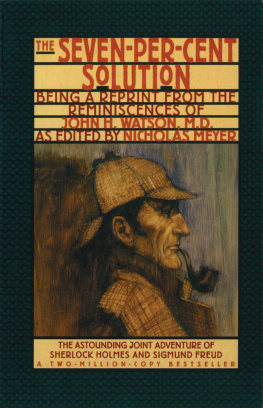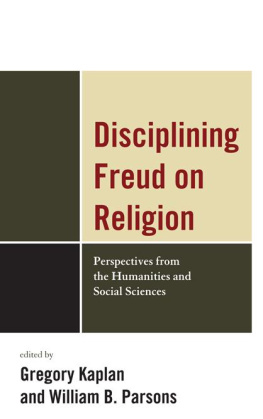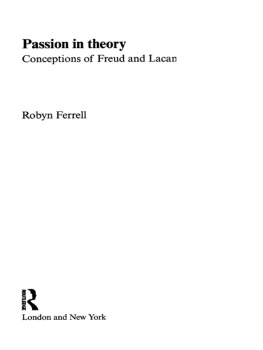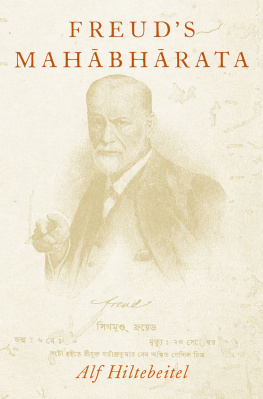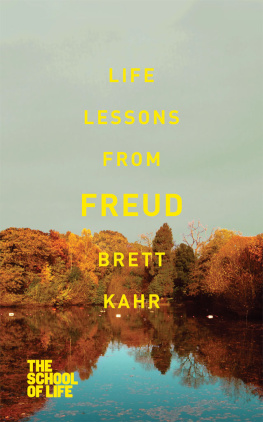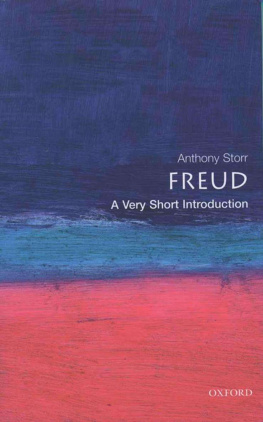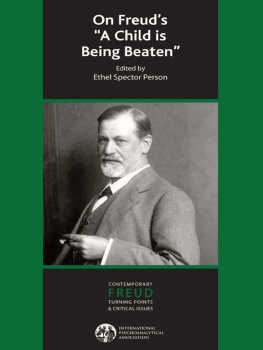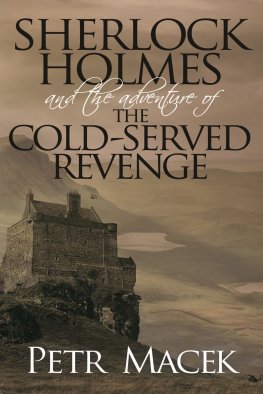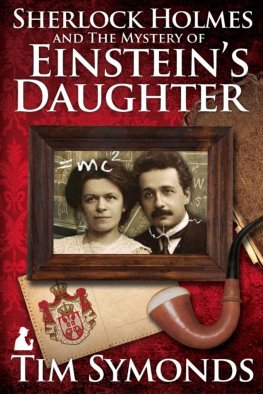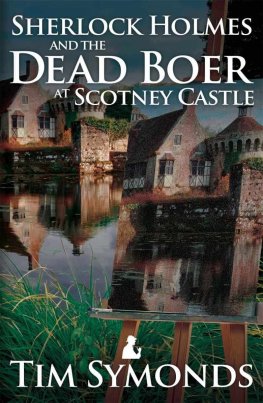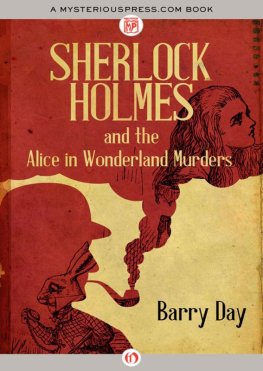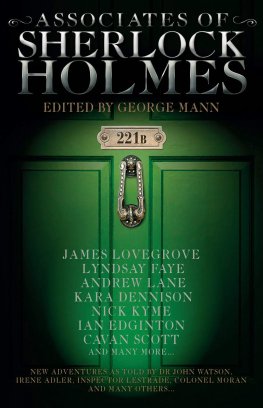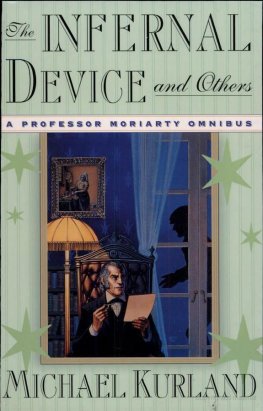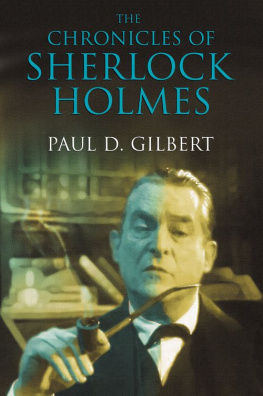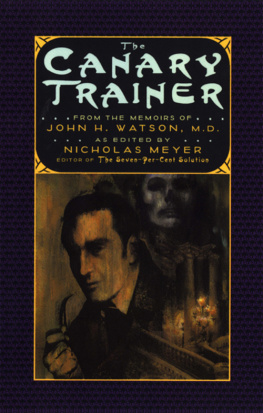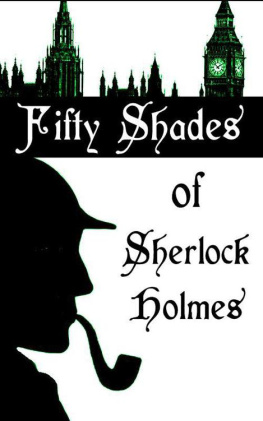
NICHOLAS MEYER is also the editor of The West End Horror, a rediscovered Holmes adventure featuring Jack the Ripper, and the newly published The Canary Trainer, in which Holmes grapples with the Phantom of the Opera. His other books are The Love Story Story, his first work about the making of the film, and the novels Target Practice, Confessions of a Homing Pigeon, and Black Orchid (with Barry Jay Kaplan).
In addition to being a best-selling novelist Meyer is a highly successful screenwriter and director. His screenplays include the scripts for the film of The Seven-Per-Cent Solution, directed by Herbert Ross, which received an Academy Award nomination for Best Adaptation; Time After Time; and the recent hit film Sommersby. Films he has directed include the television movie The Day After, the most watched made-for-tv-movie in television history; Star Trek II: The Wrath of Khan; and Star Trek VI: The Undiscovered Country, which he co-wrote.
Meyer divides his time between Los Angeles and London.
For Sally
The Seven-Per-Cent
Solution
Being a reprint from the
reminiscences of JOHN H. WATSON, M.D.
as edited by NICHOLAS MEYER

W. W. Norton & Company
New York London
Contents
The discovery of an unpublished manuscript by John H. Watson may well engender in the world of letters as much scepticism as surprise. It is easier to conceive of the unearthing of one more Dead Sea Scroll than yet another text from the hand of that indefatigable biographer.
Certainly there has been a surfeit of forgeriessome of them admittedly well done and others merely preposterousso that the appearance of one more supposedly authentic chronicle may automatically arouse bored hostility in the breasts of serious students of the Canon. Where did this one come from and why not before now? are the inevitable questions students are forced to pose time and time again, before going on to catalogue the myriad inconsistencies in style and content that brand the piece a hoax.
For the present manuscript, it does not matter whether or not I believe it to be genuine; for what it is worth, let me say that I do. As to how it came into my possession, that is frankly a matter of nepotism as the letter from my uncle, quoted in full below, will serve to indicate.
London, March 7th, 1970
Dear Nick,
I know that both of us are busy so Ill come right to the point. (And you neednt worry, the enclosed bundle does not represent my attempt to make a stock-brokers life look glamorous and/or easy!)
Vinny and I bought a house in Hampshire three months ago from a widower named Swingline (if you can believe it!). The poor mans wife had just passed onshe was only in her middle fifties as I understand itand he was quite broken up; couldnt wait to leave the house. Theyd lived in it since the war, and the subject of the attic was simply too painful to bear. All the effects and mementos and papers (how much one accumulates during a lifetime!) that he wanted were in the house proper, and he said if we didnt mind clearing out the attic ourselves, anything we found up there we could keep!
Well, it isnt always you get to rummage around in someone elses junk and take what you like but, to be truthful, the more I thought of doing it, the less enthusiastic I became. The place was jammed with furniture, bric-a-brac, standing lamps, dusty what-nots and even old travelling steamer trunks(!), but there was something distasteful about going through poor Swinglines pasteven with his permission.
Vinny, even though she felt the same way, is a homemaker. She wondered if there was anything we could use up there, furniture prices being what they are, and also she had items of our own she wanted to store out of the way. So up she went and down she came, choking with dust and smudged all over like a chimney sweep.
I wont bore you with all the details, but we found the enclosed, Xeroxed a copy, and are sending it on to you. Apparently the late Mrs. Swingline was a typist (her maiden name being Dobson), and in that capacity she worked at the Aylesworth House, an old folks affair recently taken over by the National Health (hurrah, hurrah). In the course of her workwhich included helping the patients write lettersshe transcribed onto her typewriter (also in the attic, by the by, and in mint condition) the enclosed, which was dictated to herhe states so himselfby one John H. Watson, M.D.!
It took me a while to read the thing and I was three pages or more into what he called his Introductory before I realised what the hell it was. Of course it occurred to me the whole thing might be some sort of incredible hoax, a hoax that never came off and got buried in the attic, so I checked into it. In the first place, Swingline knew nothing about it. I asked him casually and he didnt recall it at all, much less express any interest. Then I went to Aylesworth House and asked them to check the files for me. There was some question about whether they were still accurate that far backthe war messed up everythingbut my luck held good. In 1932 a Dr. John H. Watson was admitted (with severe arthritis) and it stated in his health record that he had been attached to the Fifth Northumberland Fusiliers! There could no longer be any doubt, at least in my mind, and I would fain have looked at the record in detail (wouldnt you have liked to know where Watson was really wounded?) but Matron wouldnt let me. She hadnt the time to stand around, she said, and the file was confidential. (Ah, bureaucracy, what would the National Health do without you?)
Anyway, it offers substantial confirmation as to the authenticity of the enclosed, which I am forwarding to you for whatever purpose you think best. You are the Sherlockian in the family and will know what to do with it. If it comes to anything we split the profits! !
Fondest regards to you,
HENRY
P.S. Vinny says we have to cut her in, tooshe found it.
P.P.S. We are retaining the original manuscript. Well see if Sothebys is interested in auctioning it.
Authentic or not, the manuscript required editing, and preparing a definitive edition of Plutarch could not be more difficult than the problems posed by a newly unearthed text of Watsons. I corresponded extensively with Sherlockians too numerous to mention here; all of them proved invaluable, tireless in offering advice, comments and insights regarding the newly discovered material. The only proper acknowledgment of the debt this book owes them is the book itself. I have, with their help, preserved as much of Dr. Watsons narrative as makes for a consistent story.
For reasons which are not definitely known, Watson never (to our knowledge) got to edit the manuscript. His own death, possibly, or the vagaries of the war prevented him. Therefore, readying the work for publication, I have tried to function as I believe he would have. I have struck out redundancies. Old people have a tendency to repeat themselves, and although Watsons memory of events apparently remained intact, he was prone to reiterate significant details. I have also eliminated digressions which he made from time to time when his mind appears to have strayed from the story and wandered unchecked into the intervening years. (These memories are themselves not without interest and in subsequent editions I shall no doubt include them in the form of appendices). Knowing that footnotes are especially irksome in the course of a narrative, I have deliberately kept them to a minimum and made the necessary ones as informal as possible.
Next page
